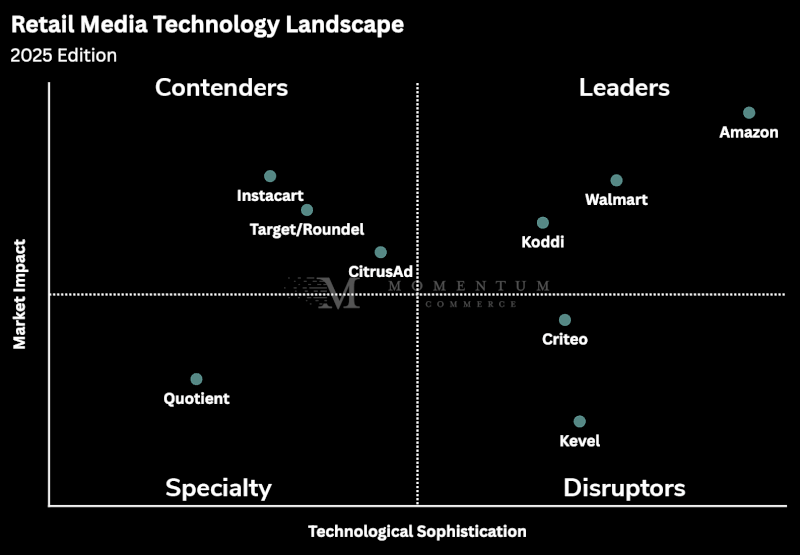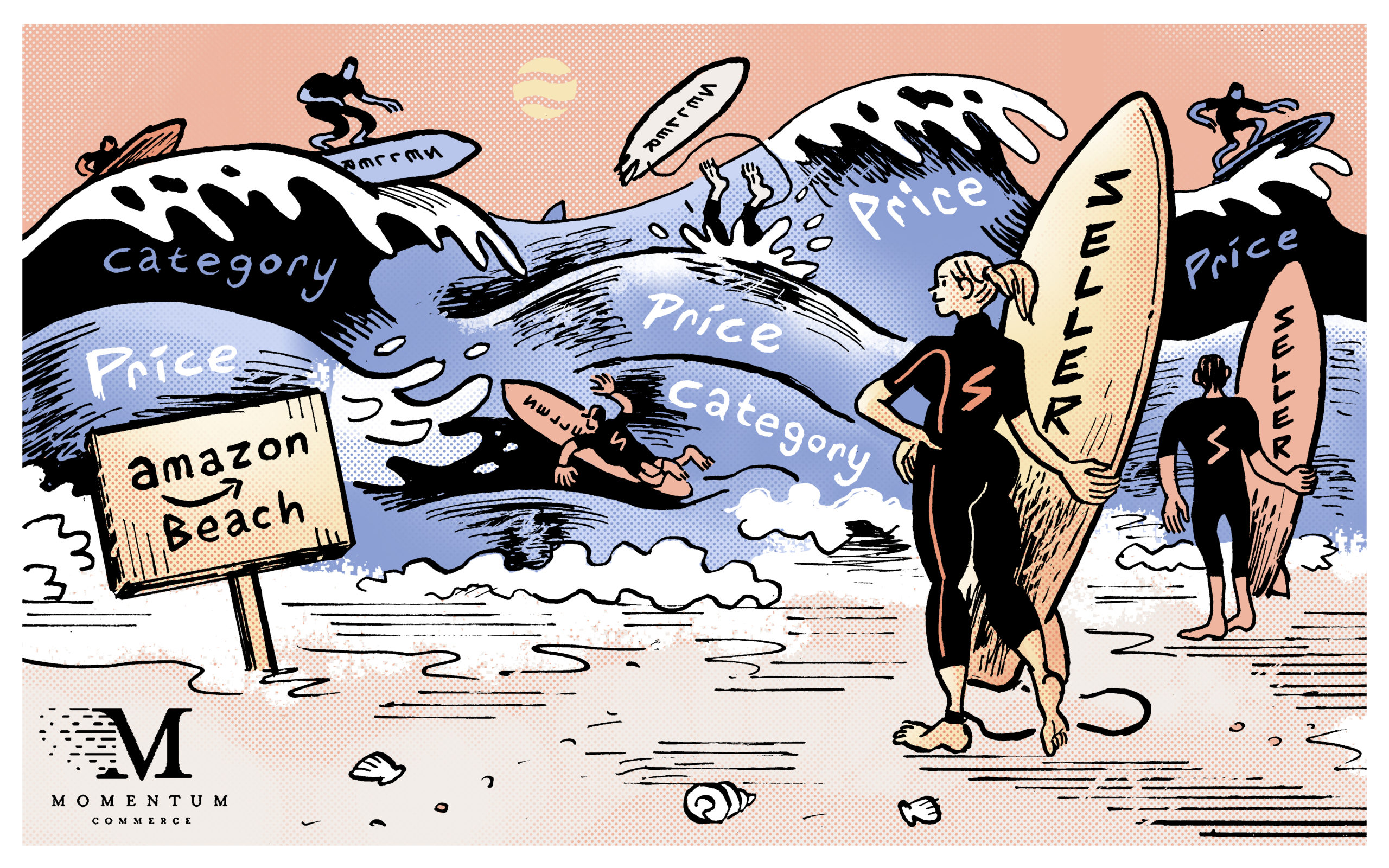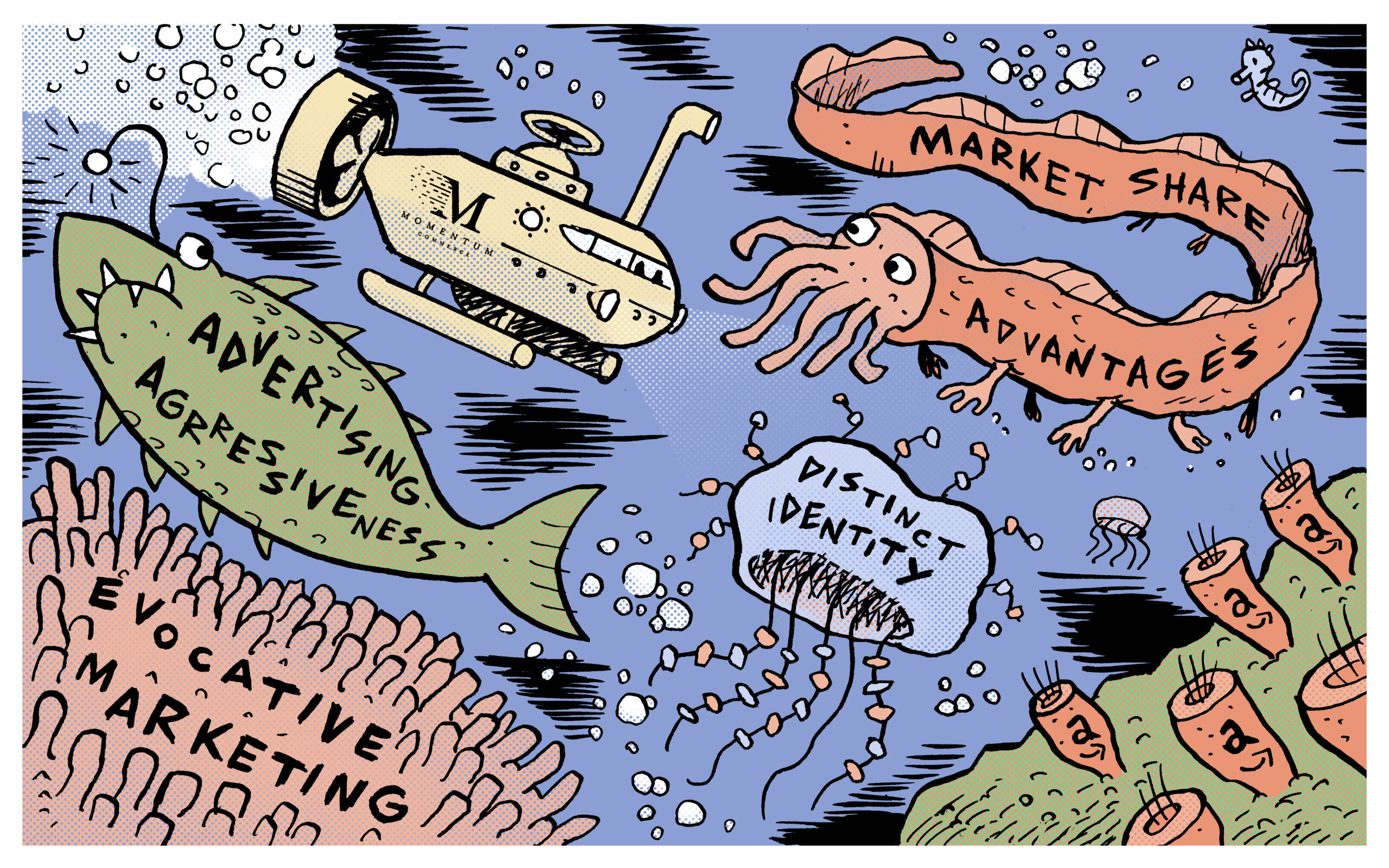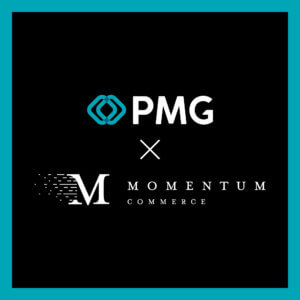
The Elusive Lifetime Value on Digital Retailers
Customer Lifetime Value (LTV or CLTV) is an important metric to understand for any brand who can expect to generate multiple sales with the same consumer or household. This is fairly easy for brands to study on their own DTC site, where you have access to important information related to the consumer (name, address, email address). However, this is much trickier to compute when it comes to digital retailers like Amazon. In this instance, the digital retailer owns the consumer information and it’s generally not fed back to the end brand. LTV should inform many things about how brands strategize around meeting new consumers as well as how they fend off competitors from stealing existing customers. This becomes increasingly important for CPG (Consumer Packaged Goods) brands who can expect their products to require regular replacement or replenishment.
The conversation around this topic I have most often with Momentum Commerce’s partners revolves around the advertising strategy for acquiring a new customer versus an existing customer. A brand is generally going to be much more willing to aggressively spend to acquire a new customer that may represent hundreds or even thousands of dollars over the lifetime of their relationship. Many brands may be willing to break even or take an initial loss on their advertising spend returns. They understand that if they have a good product that meets a consumer need, the consumer will likely purchase from them many times over or even expand their purchase behavior to ancillary products that the brand sells. On the other side of the coin, brands often struggle to understand what they should spend (if they should spend at all) to keep a consumer that has presumably already purchased from them. John Wanamker who is credited with opening the first department store in Philadelphia (and is considered to be a pioneer of advertising and marketing) famously said;
“Half the money I spend on advertising is wasted; the trouble is, I don’t know which half.”
Amazon has a variety of advertising targeting options that will provide a feedback loop to brands on what percentage of their ad driven sales are “New to Brand” or NTB. This is defined by Amazon as revenue associated with a consumer that has not purchased from a particular brand in the last 12 months. Ad targeting types on Amazon that provide NTB feedback include Sponsored Brands, Amazon’s Demand Side Platform (DSP) and Sponsored Display (Amazon does not currently provide NTB for Sponsored Products which is a huge piece of their overall ad revenue). The trouble is there is no out of the box way to know which sales are NTB or to segment those that are NTB into different campaigns.
PPC placements are mainly search term driven, so brands can expect that a consumer who types in a term related to their brand is more likely to be a returning customer compared to a sale generated on a category/generic term. Still, this only gets you so far and there are a lot of gaps in assuming that your NTB percentage will hold across all Amazon targeting types or that all branded searches are generated by returning customers. Amazon’s DSP does allow you to segment purchasers to be targeted differently than those who have not purchased. However, it has a different attribution and pricing model and it’s difficult (if not impossible) to deduplicate revenue generated on the DSP from concurrently running PPC campaigns.
Until digital retailers make more customer data available to their selling partners, it will be difficult to strategize around LTV in the same way many brands do on their DTC site. That said, selling across Amazon and other marketplaces certainly has plenty of benefits so it’s important to highlight the different models brands can use to govern marketing expenses. Instead of thinking about customer acquisition cost (CAC) as you would in a DTC environment, many of Momentum Commerce’s partners look to product level efficiency targets and granular search term level share of voice (SOV) insights. In most cases, brands should align product level ad spend with a certain percentage of total revenue for that same product. Established products with longer and consistent sales history should have higher organic ranking which may require less advertising investment in relation to total sales for that product. Newer products (or products that have had inconsistent sales history) will require brands to be willing to spend a larger percentage of total revenue on ads. You can read more about the importance of product level controls and how it relates to advertising here. Additionally, brands should work with a partner who can provide a thorough understanding of keyword level SOV. Amazon provides very clear guidance on search term frequency. You should use your paid and organic share of voice on the non-brand terms relevant to your products to determine where you should focus your advertising efforts.





